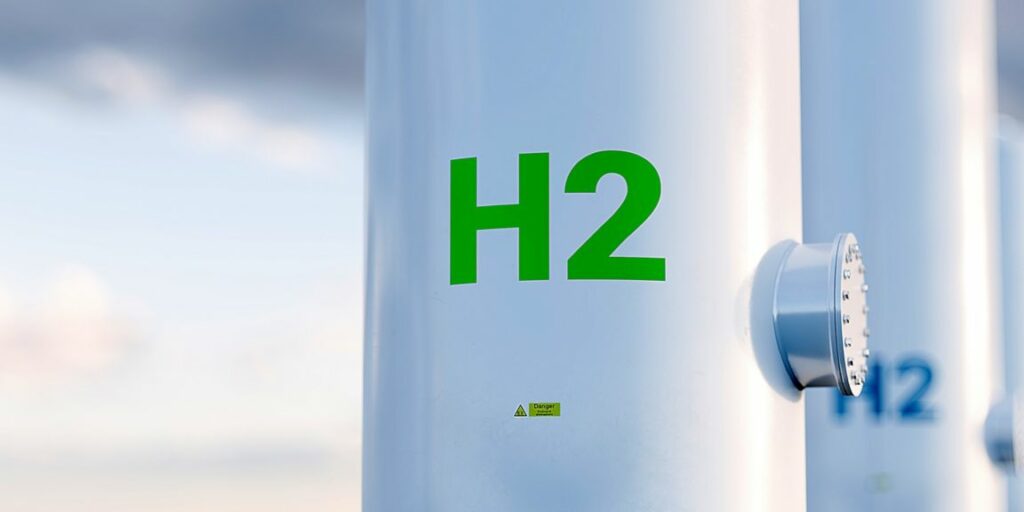A new study says to H with the fuel of the future… which hydrogen has been since roughly 1836. The findings won’t cut much ice with the “all you need is love” crowd. But David Archibald does the math on things like how much energy you get per litre, how much energy you need to separate hydrogen, how much energy it takes to compress it and all that drudgery. For instance, it takes at least a quarter of the total energy in the hydrogen just to compress it to a liquid, as against 6% for the dreaded carbon-based methane. It’s simply not going to work, at least not on any timeframe useful to the “just 10 years” crowd.
There are of course alternatives to liquification, including compressing hydrogen into a “metal hydride of alkali metals”. But then you have to get it out again by heating. And if you’re going the liquid route, you need new pipelines because of “diffusion losses, brittleness of materials and seals, incompatibility of pump lubrication with hydrogen and other technical issues”. But, Archibald goes on to warn, this consideration “hasn’t stopped Australian gas distributors from spiking their gas supply with 5% hydrogen. No doubt one day they will wake up to find their pipes and valves embrittled and leaking like a sieve.”
As for using trucks, “a 40 ton truck could deliver 25 tons of gasoline, 3.2 tons of methane but only 320 kg of hydrogen.” It’s not a happy calculation, is it.
Now let us not join the ranks of those who famously said it couldn’t be done about personal computers or replacing whale oil with some dirty gunk seeping out of Jed Clampett’s field. Archibald is probably right that “The problems of hydrogen are innate – its physical properties are incompatible with the requirements of the energy market.” But if he’s not, some lonely genius will prove it. Not a bunch of gullible governments and various canny subsidy-seekers. (Remember Adam Smith’s warning about mercantilist protectionism that “they who first taught it were by no means such fools as they who believed it.”)
The key point with hydrogen, as with all alternative fuels “renewable” or otherwise, and everything else on a store shelf or struggling to get onto one, is that if something can make it without subsidies, an entrepreneur will make it. And if it can’t, as in with so many forms of highly-hyped and subsidized energy in Germany, it’s not really beneficial even if it shows a fake profit after getting money from taxpayers via governments that they would not have taken from their pockets voluntarily to spend on the stuff.



Hydrogen is the energy of the future, and always will be!
You could be right, but it could take 200 years to solve all the issues, but the good news is Dr. Freeman Dyson one of the greatest minds of our time said we have at least that long.
The good thing about hydrogen is that it can be used in a fuel cell to generate electricity, or burnt as fuel in the millions of old internal combustion engined cars, which will be on the world's roads for many decades. Also, many low-grade, intermittent sources of electricity can be used to split water into hydrogen.
The distaff side is that hydrogen molecules are so small, they leak through just about anything, so you lose a fair percentage of any you make, and you need some sort of pressure-resistant (i.e. cylindrical) container to keep it in. Such tanks (also required by LPG) are a pain to accommodate in cars, or indeed aircraft, whereas liquid fuel at atmospheric pressure will fill a tank of any shape. Nice idea, but simply impractical.
Isn't it water vapor that results from hydrogen burning as fuel? And isn't water vapor a GHG, too?